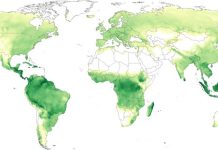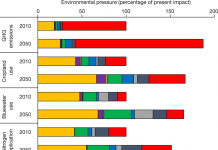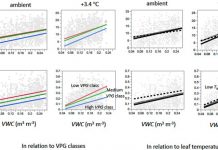【小麦磷利用率评估】Bradley G. Ridoutta 
 Enli Wangb Peerasak Sanguansric Zhongkui Luob. Life cycle assessment of phosphorus use efficient wheat grown in Australia. Agricultural Systems Volume 120 September 2013 Pages 2–9
Enli Wangb Peerasak Sanguansric Zhongkui Luob. Life cycle assessment of phosphorus use efficient wheat grown in Australia. Agricultural Systems Volume 120 September 2013 Pages 2–9
Abstract
Over and above private economic benefits to individual farmers new wheat varieties with phosphorus use efficiency (PUE) traits have the potential to make an important contribution to addressing major global environmental and food security challenges. One strategy being pursued is the development of wheat with enhanced organic anion release (mainly citrate) from the root system which can solubilize soil-bound phosphorus (P) and increase the efficiency of P fertilizer uptake. Agricultural production system modeling using a special purpose configuration of the APSIM modeling platform was used to assess the potential long-term P fertilizer application savings for commercial wheat grown in three agro-ecological regions of Australia with varying conceptual levels of root citrate efflux enhancement. Life cycle assessment modeling (LCA) was subsequently used to quantify the potential environmental relevance of the PUE trait. At the lower level of trait expression (100 nmol g FW−1 h−1) annual P fertilizer savings ranged from 34% to 46% (5.5–12 kg P ha−1 yr−1) between sites. This increased up to 68% or 16 kg P ha−1 yr−1 at the higher level of expression (500 nmol g FW−1 h−1). These savings could represent an important reduction in dependence on P fertilizer derived from finite rock phosphate resources as well as offering farmers a high degree of bu







